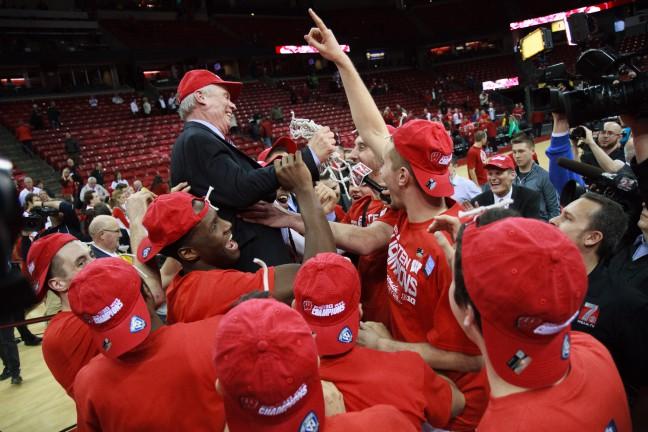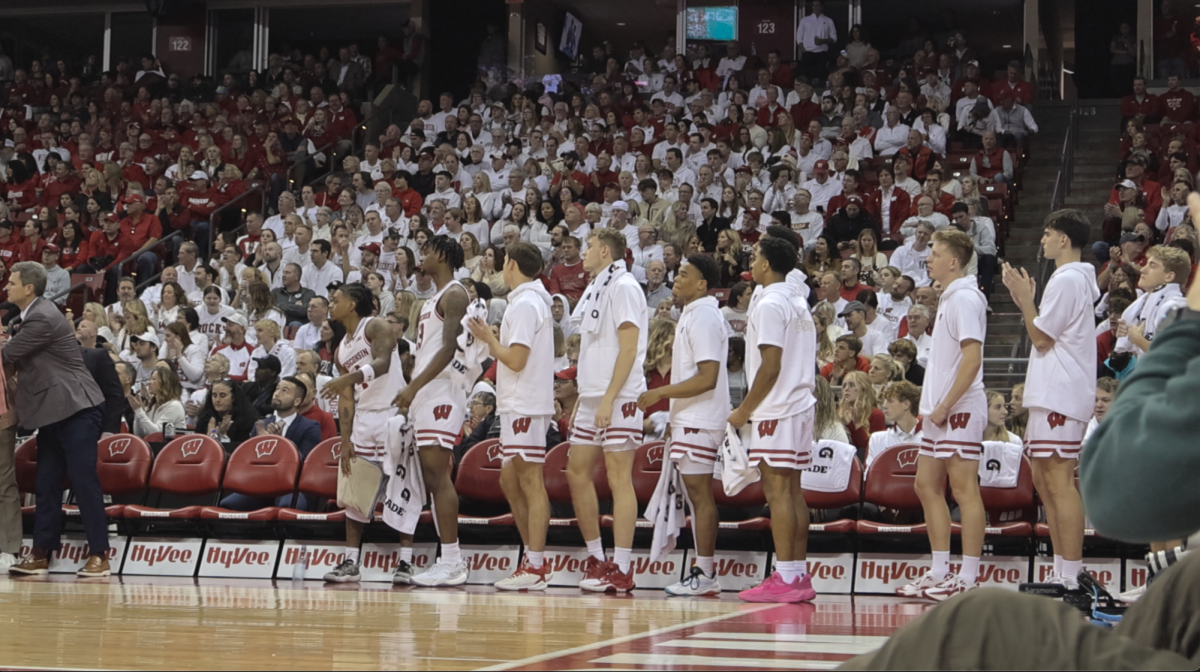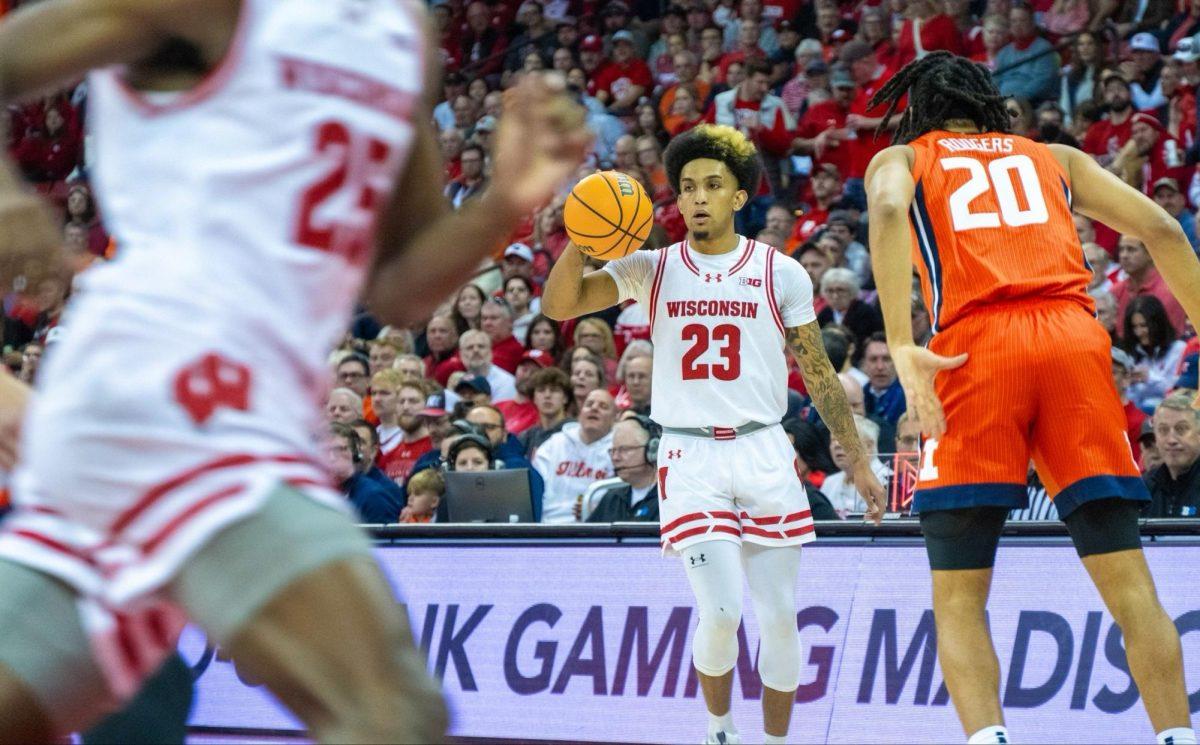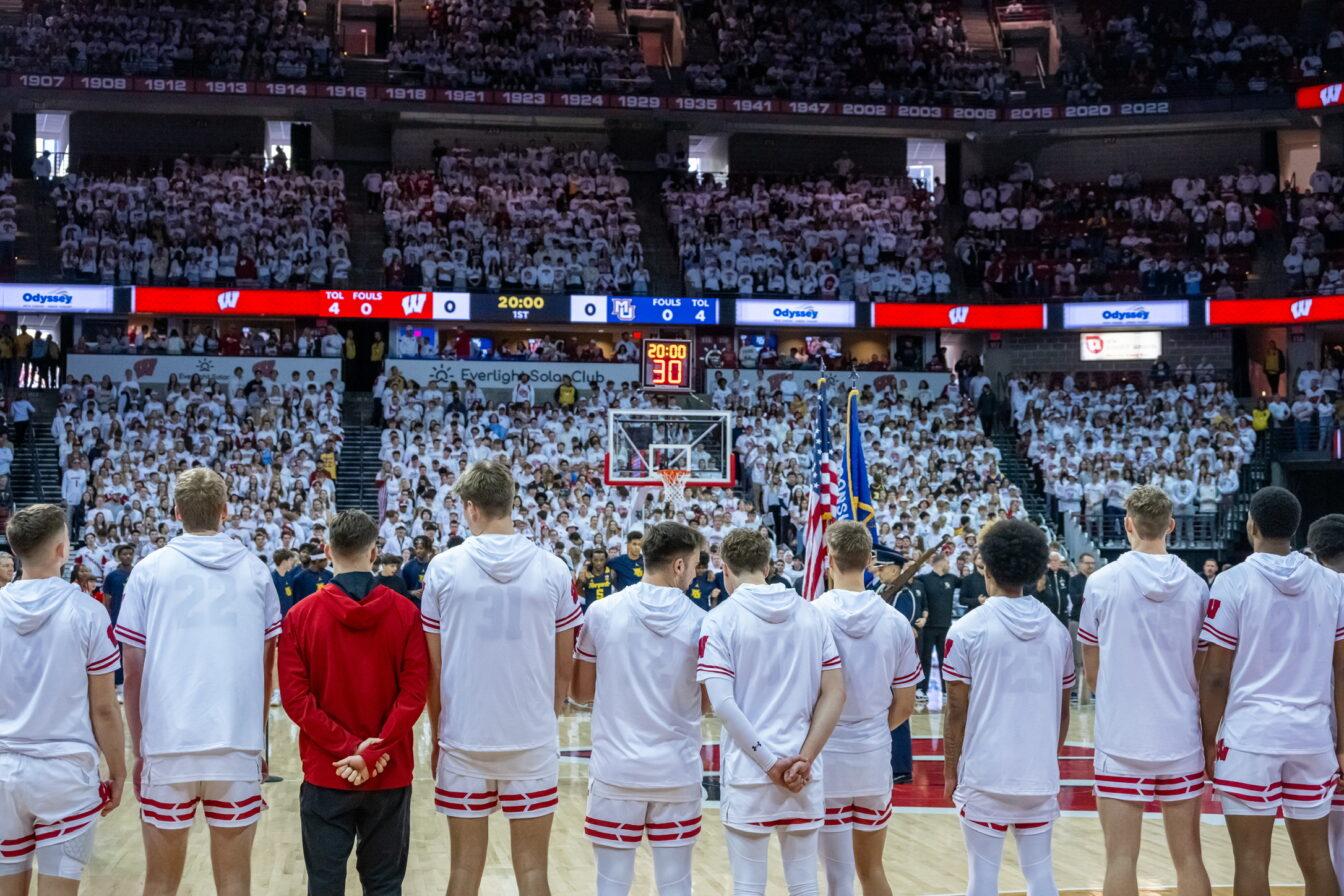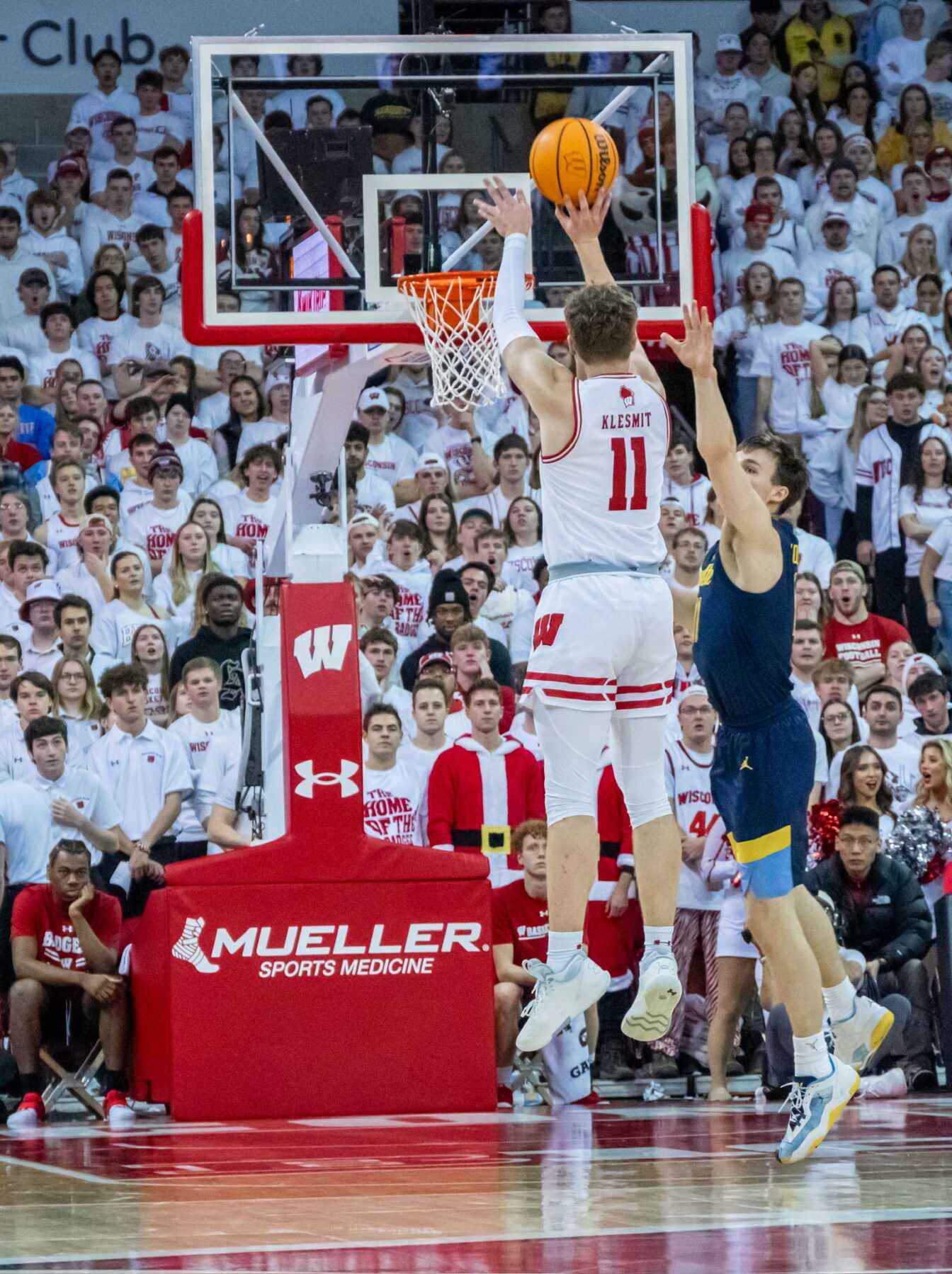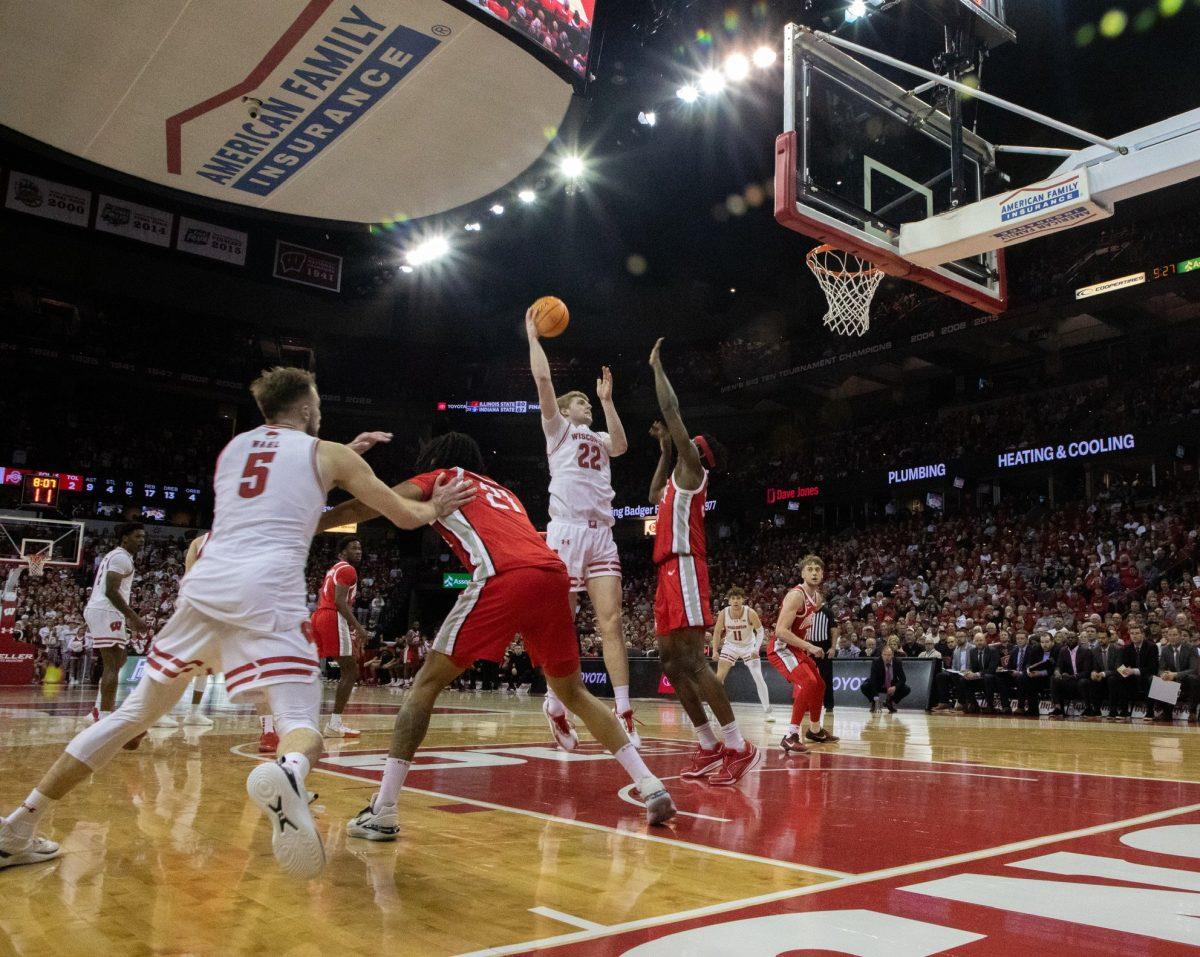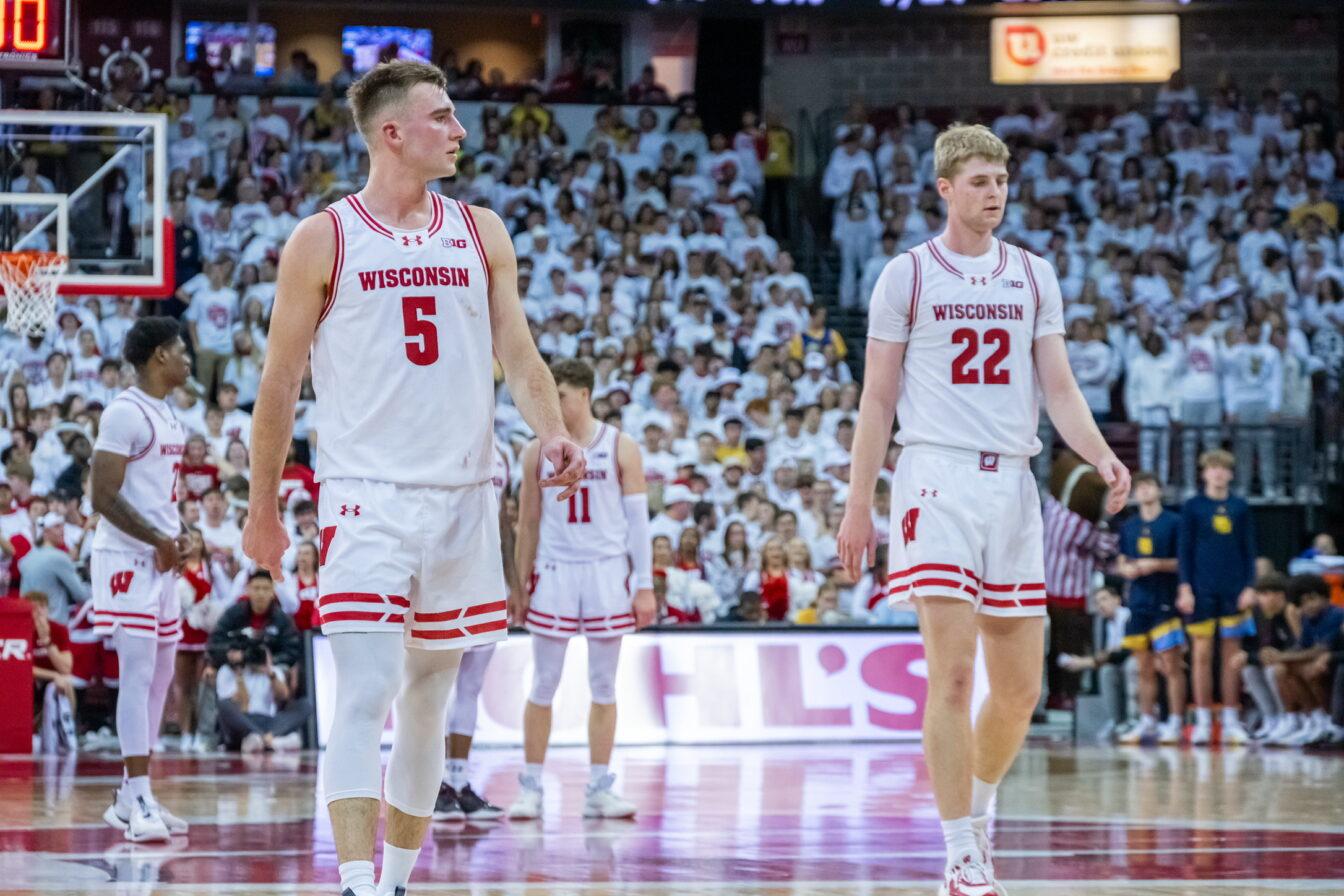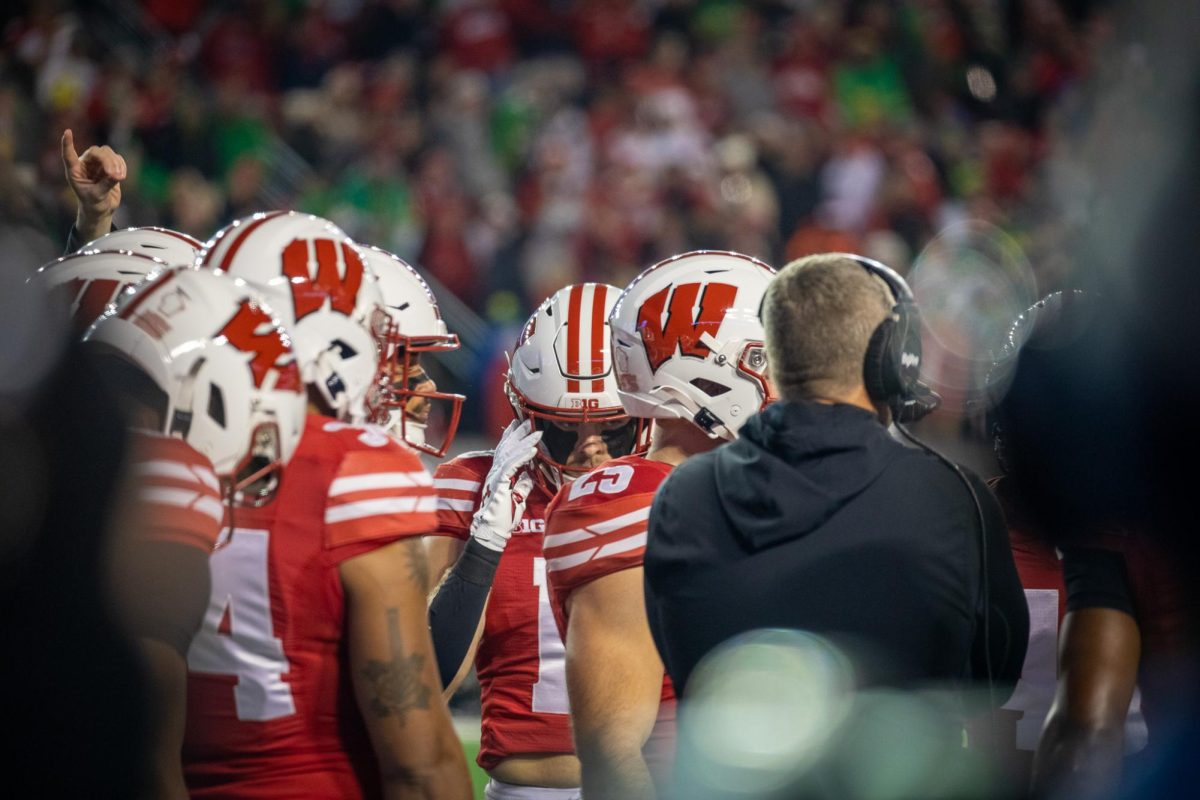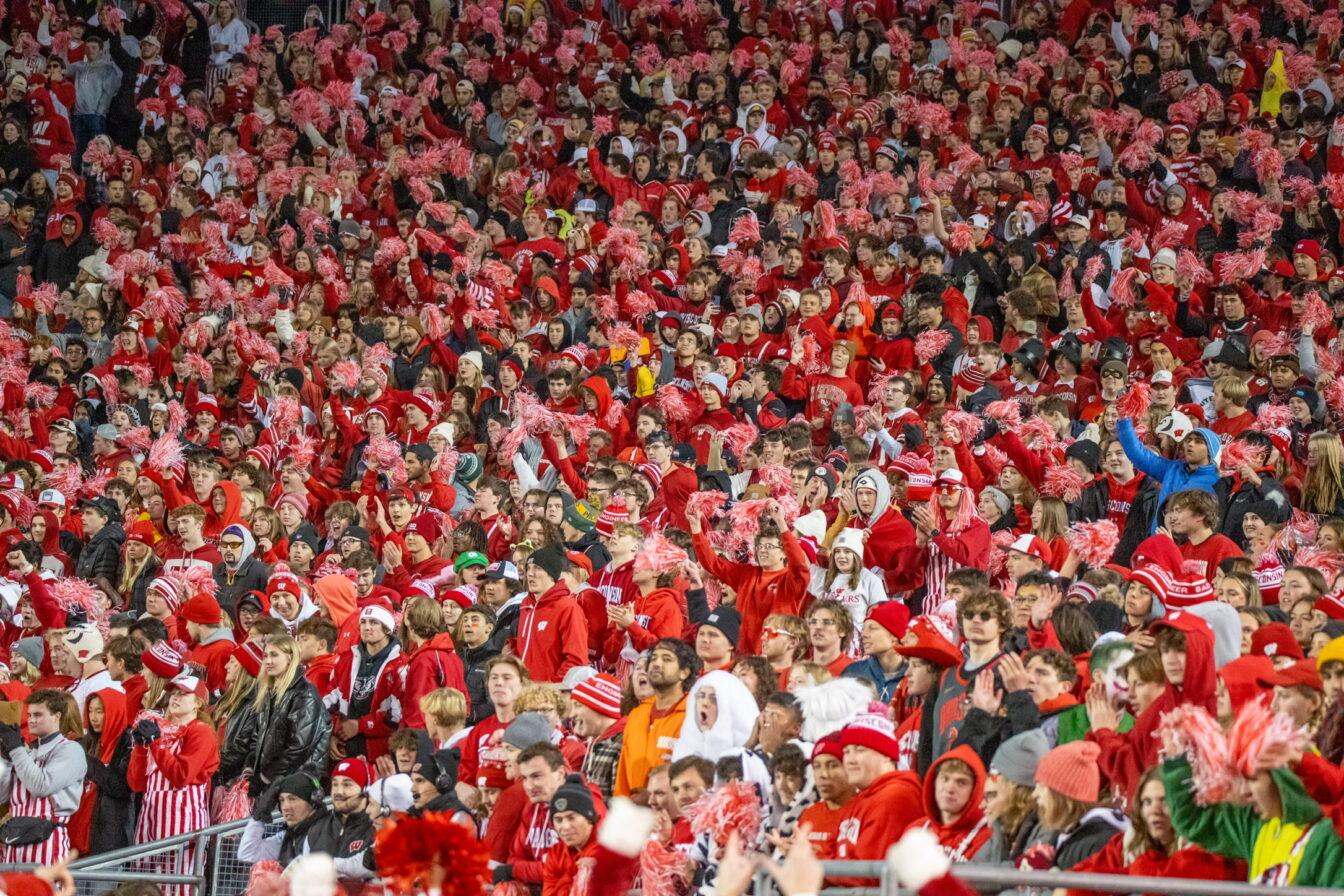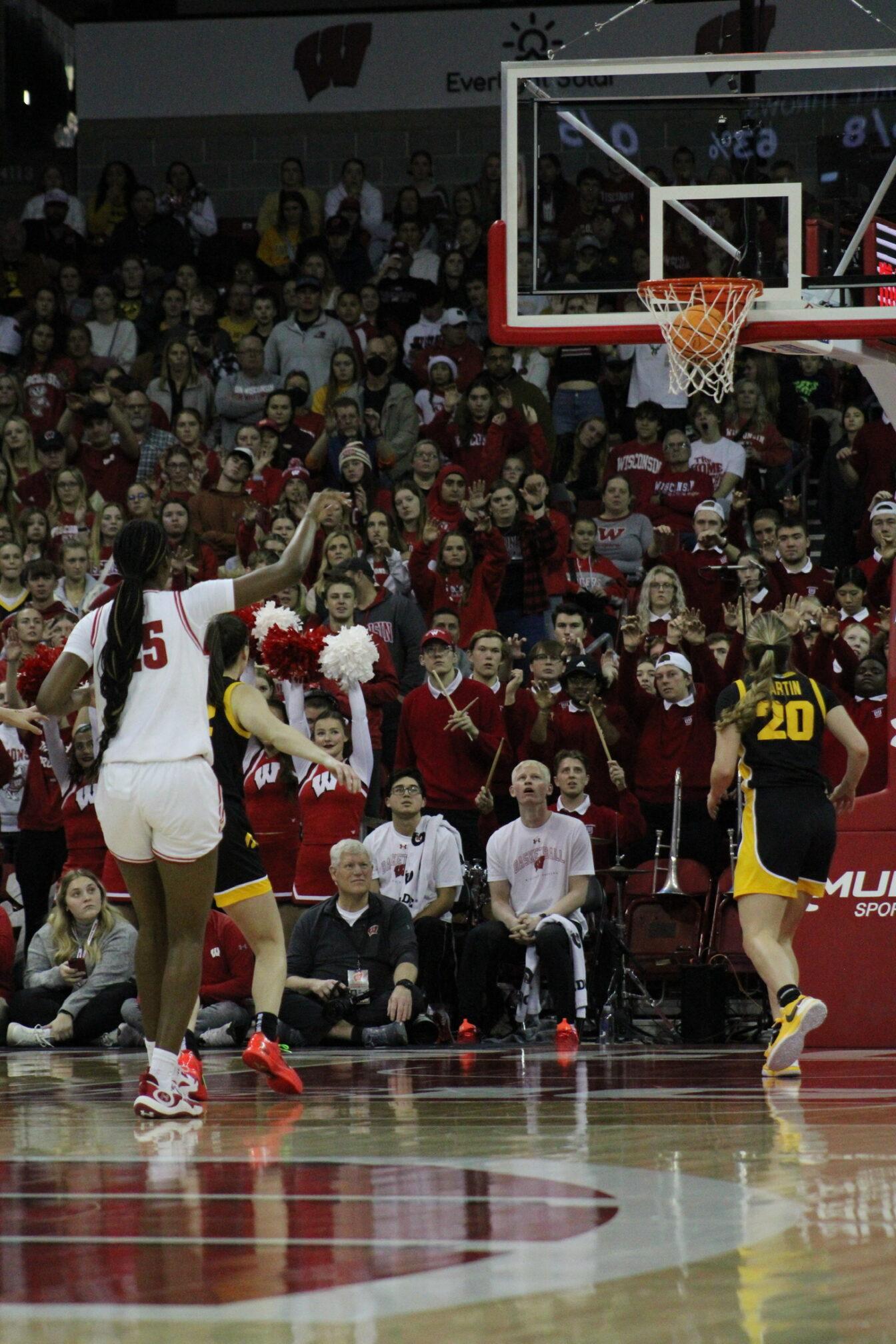The talk around college basketball “one-and-done” players and “four-year” players is reaching its highest watermark in the history of the game at the collegiate level.
Players are getting better, and they’re doing it at an earlier age.
It presents top-tier Division I program coaches with a conflicting idea of how to build their respective programs. Do they target the top players, if they can get them, and win instantly? Or do they find the lesser-known high school talents, develop them, and hope in a few years their team will turn into one of the country’s best? Or is it a combination of both?
At the Final Four this past weekend, Wisconsin took on two such teams — Kentucky and Duke — composed of key one-and-done players while the Badgers, as most know, trotted onto the court at Lucas Oil Stadium with no player having ever left for the NBA after one season in Madison. And only one has left after two seasons.
The one-and-done model works. When a team can bring in a few (or what seems like a full roster in Kentucky’s case) McDonald’s All-Americans, it’s tough for any team to stop. The talk of “can Kentucky beat an NBA team” is ludicrous, but it shows just how good these 18 and 19-year-old players are.
Duke beat Wisconsin not only Monday night in the national championship game, but earlier in the season, with talented, NBA-ready freshmen leading the charge. Twice, they beat one of the most experienced and cohesive teams in the country.
The one-and-done formula contributed to these wins, and quite frankly, Duke was simply the better team both times.
Duke head coach Mike Krzyzewski is a genius who has adapted his style of coaching and recruiting to better fit the collegiate game. It’s the reason why he won his fifth national title at Duke just a few days ago.
Wisconsin and head coach Bo Ryan, meanwhile, go a different route. They do target top players, such as current forward Sam Dekker, or top 2015 recruit Diamond Stone who recently committed to Maryland. But their approach is to recruit high school players who fit the team’s system and who the coaches can develop over the course of their four years at Wisconsin.
They’re looking for players who are willing to listen, change their game, get better and reach their full potential in college. Ultimately, this takes time.
But that formula is dying, and it’s dying in a hurry. For college basketball purists, that’s a scary thought.
Honestly, the 2014-15 Wisconsin Badgers may have been the last hope for a team composed of primarily “four-year” players to win a national championship.
Yet while the results on the court may show a discrepancy in the amount of success in terms of national championships each formula has, the Wisconsin approach to building a program is a hell of a lot more fun.
Wisconsin caught the attention of not only the state, but also of the entire country, going to back-to-back Final Fours for the first time in school history. The majority of the country was pulling for the Badgers to knock off both Kentucky and Duke, and, of course, the state of Wisconsin wanted the Badgers to win so badly. You could feel the energy coming from the state more than 300 miles away in Indianapolis.
But why?
Because you follow these players through their careers at Wisconsin. They almost become a part of you. Fans at places like Duke and Kentucky don’t get that connection anymore.
This team was so well-known for their looseness and hilarity off the court that it became their identity. It captivated the country. But it only happened because of how close they were. Some of these guys — not just the bench players, but the stars of the team — have been together for three or four years. They have a camaraderie that can’t be found on a team that wins with one-and-done players — and it’s truly a thrill to watch.
I’m not saying one-and-done isn’t the way to go, because like I said before, that method won the national championship this season and it likely will in the future. Those teams certainly have fun, too. But the Wisconsin method also works. Look what the Badgers have accomplished over the past two seasons and in Ryan’s career in Madison.
But you won’t find another Frank Kaminsky on another team. He grew exponentially over the course of his career, and since he was a Badger for four years, the fans got to see him grow. They became attached to him. They reveled in his success.
Isn’t Kaminsky sort of the American dream? A guy who was overlooked, who worked his ass off day-in and day-out and is now at the top of his field?
People were posting old pictures of Kaminsky on social media prior to the Final Four, saying things like, “This is your player of the year,” because to be honest, in his early years at Madison, he looked nothing like a guy who was going to be the best player in all of college basketball.
But that’s what’s so great about Wisconsin. We get to see players grow as people and basketball players. We saw Kaminsky grow from a self-described slow, overweight, weird and not-that-good freshman to the player of the year.
Or how about “Captain America” Josh Gasser? He wasn’t known for his scoring, but he’ll probably be remembered as one of the best players to play under Bo Ryan because he represented what Wisconsin basketball was all about. On a team of one-and-dones, Gasser likely wouldn’t have had the impact that he had as a Badger.
Gasser was the true “hometown” kid. He played at Port Washington, was named the 2010 Wisconsin Gatorade Player of the Year and became a Badger. Everyone felt for him when he tore his ACL a few years ago, but again, fans were with him the whole way — all five years.
You can say the same for Traevon Jackson, who was injured earlier this year and came back for the tournament, or for Dekker, who’s been a Badger since day one, or for Nigel Hayes, whose sense of humor reminds us that these are just kids playing the game they love.
Their success meant our happiness.
This team was special. They had talent. And that talent developed over time; it wasn’t just a one-year thing. We took the journey with the players to the Final Four, twice, and when the Badgers heartbreakingly fell to Duke Monday, we all suffered. It hurt. I mean, fuck. It still hurts.
But while the one-and-done method is probably what will win team championships in the future, the Wisconsin way still works. What this team accomplished will never be taken away. Although the Badgers ultimately lost their final game of the season, the Wisconsin way was a damn good time.
So, to the 2014-15 Wisconsin men’s basketball team, thanks for everything. It was a hell of a ride.


